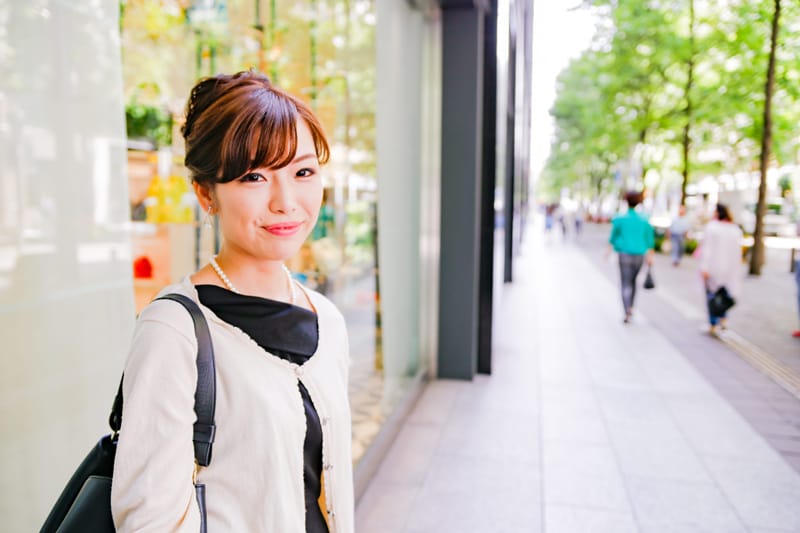Asian double eyelid surgery is a nuanced procedure that requires a clear understanding of what the patient’s goals and expectations are. It is one of the most commonly performed surgeries in the Asian population.
Approximately half of the Asian population have a crease in the eyelid (with a lid position that varies), while the other half does not (known as single eyelids). Some patients of Asian heritage would like to create or enhance the crease on their upper eyelids. Alternatively, some Asian patients already have an upper eyelid crease and simply want to reduce sagging skin on their upper eyelid, much like a Caucasian eyelid procedure.
Detailed discussion of these elements of the procedure is a major factor in success. As a surgeon, it is important to stay true to the ethnic features of the eye and not try to “Americanize” the eyelids—which can result in an unnatural look. Appearance, symmetry, and functionality are all very critical aspects of upper eyelid surgery. I understand that ethnicity plays a critical role in the characteristics of the face and will create a treatment plan based on your individual needs.
The following will give you some additional information on Asian eyelid surgery. If you would like to schedule a consultation to talk about this procedure, please contact Sistine Facial Plastic Surgery.
Upper Asian eyelid lift (creating a crease)
Creating a crease in the upper eyelid can help to open up the eyes and create a more rejuvenated appearance. Typically, when the eyelids lack a crease, the eyelashes directly touch the top of part of the lid. When there is an eyelid crease without a lot of excess skin or fat, the eyes appear bigger, which is often considered a sign of youthfulness.
Certainly, pursuing an eyelid lift that creates a crease should only be pursued if the patient truly wants a crease. As with most cosmetic surgeries, nobody truly “needs” to have this surgery. Rather, patients pursue these changes because they “want” them, not because they “need” them.

How do we create the crease?
There are essentially two different ways to go about creating a crease in the upper eyelid. One less invasive way is to flip the eyelid over and secure sutures inside to create the crease. The benefits of this approach include a faster recovery time, absence of a surgical scar, and a natural looking fold. However, this may not be a good option for those with thicker skin because the crease may not sustain itself due to pressure. This approach also has a greater chance (than the open approach described below) over the long term of losing the crease.
The other surgical approach (also known as the open approach) is to carefully make an incision in the upper eyelid and suture the skin to the levator muscle (the muscle that pulls the eyelid open). The surgeon must be careful not to damage the levator muscle when manipulating because this could lead to ptosis (eyelid drooping).
The benefits of the surgical approach include a more secure suture and therefore longer lasting result. The incision is well hidden in the crease of the eye and improves over time.
When the eyes are open, the goal is to be able to see approximately 2-3mm of the upper eyelid skin. This visible eyelid skin may not only be more aesthetically pleasing, but makes applying makeup easier. It is normal to experience some bruising and swelling after the procedure, which can last up to approximately two weeks. In accordance with your goals and priorities I will help you decide which eyelid lift approach would work best for you during a consultation in one of our offices located in Pittsburgh, Sewickley, Wexford or Greensburg.
Upper Asian eyelid lift
(removing excess upper eyelid skin)
An upper Asian eyelid lift to remove excess upper eyelid skin and/or fat is performed essentially the same way as a Caucasian eyelid lift, but with consideration of the characteristics of the Asian eye. An incision is delicately made in the crease of the eye and excess skin and fat (if needed) are removed. It is important to be conservative when removing excess fat, muscle and skin because too much can create a hollow and sunken in appearance.
The goal of this surgery is not to reshape the crease of the eye, but to create a more youthful looking eye. Upper eyelid surgery may also help to create a more balanced and symmetrical upper eyelids. After surgery, the scar should be well hidden in the eyelid crease and barely visible. Recovery time can take anywhere from 1-2 weeks, depending on the patient.
Lower Asian eyelid lift
The upper and lower eyelids often share similar anatomical structures and characteristics. A common goal in lower blepharoplasty surgery in the Asian population is to remove fat pads, which frequently cause a puffy or tired look. It is common for Asians to have more fat underneath the eyes when compared to other ethnic groups. Again, it is critical to closely monitor the amount of fat that needs to be removed and for the surgeon to clearly distinguish between fat and muscle. Too much fat removal can cause hollowness underneath the eyes.
In addition, because the skin of Asians tends to be more resilient and less prone to wrinkles, it can react more aggressively when incisions are made. Scars may become thicker and more noticeable at first, but over time they soften and blend in with the surrounding skin tissue. After lower eyelid lift surgery, most patients heal within a matter of two weeks and can return immediately back to work.
Contact Sistine Facial Plastic Surgery
To learn more about Asian eyelid surgery or to schedule a consultation with Dr. Paul Leong to talk more about this treatment, please contact Sistine Facial Plastic Surgery today.

